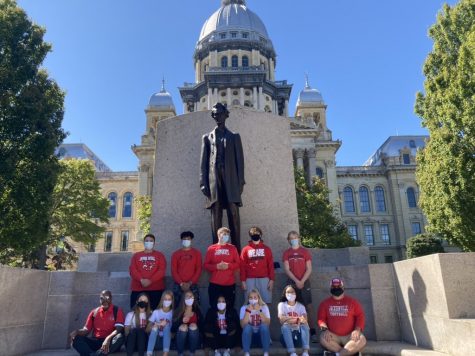Hawaii volcano eruption
May 23, 2018
On May 2, 2018 the Kilauea volcano in Hawaii fully erupted. Lava was sent spewing into residential areas, and the massive flow has destroyed dozens of structures and covered scores of acres on the Big Island. This eruption has caused a string of problems for the civilians of Hawaii. Even more unfortunately however, authorities are worried that the lava will gain a larger destructive reach and could ravage the state’s power supply and tourism industry.
On Monday evening it was announced by the Hawaii County Civil Defense agency that lava from nearby fissures had begun to encroach on the southern edge of a significant source of the state’s power, the Puna Geothermal Venture. Also yet another risk besides loss of power lies in what might happen if the lava overcomes the state’s protective measures. The highest danger being released from the volcano is hydrogen sulfide, an extremely deadly gas that is released as well as large amounts of steam and other chemicals. Officials have been trying a method called “quenching,” filling the wells full of cold water so that the cold water will overpower the hot. This is the second step after simply shutting all the wells, which workers already did when the event began.
Many businesses are also taking a large hit due to this destructive event. About two-thirds of Hawaii’s Volcanoes National Park closed on May 11, right around the start of the summer tourist season, and it remains closed. This likely deters a substantial chunk of the park’s more than two million annual visitors. Also now that volcano Kilauea’s activity has dramatically escalated, local businesses have seen their income diminish in seemingly equal proportion. Due to being in such close proximity with the volcano, these local businesses are being largely affected by their location, which is essentially damaging the progress and economic status.






